Iron-rich foods are the friends of those suffering from iron deficiency. The problems from iron deficiency are low energy levels, fatigue, dizziness, low hemoglobin, Weakness, pale skin, chest pain, fast heartbeat, shortening of breath, etc. If you are facing these issues, it should be suggested you incorporate high-iron foods into your healthy diet to prevent you from all these problems.
Iron-rich food is essential for us because it provides many benefits to our body such as helps in increasing energy levels and sharpening our focus to do work efficiently, boosting the immune system, making hemoglobin in red blood cells, supporting the health of skin and hair, and performs many vital functions in the body.
Top 10 Iron-rich foods
Here are the foods for both vegetarians and non-vegetarians who want to make their diet iron-rich.
1. Red Meat
Red meat is also known as heme iron and contains several essential nutrients like protein, zinc, and Vitamin B and iron-rich. The amount of iron in red meat depends on its type. Beef has 2.45 mg, and lamb has 1.79 mg of meat. So, it’s totally up to you what type of meat you prefer to eat.
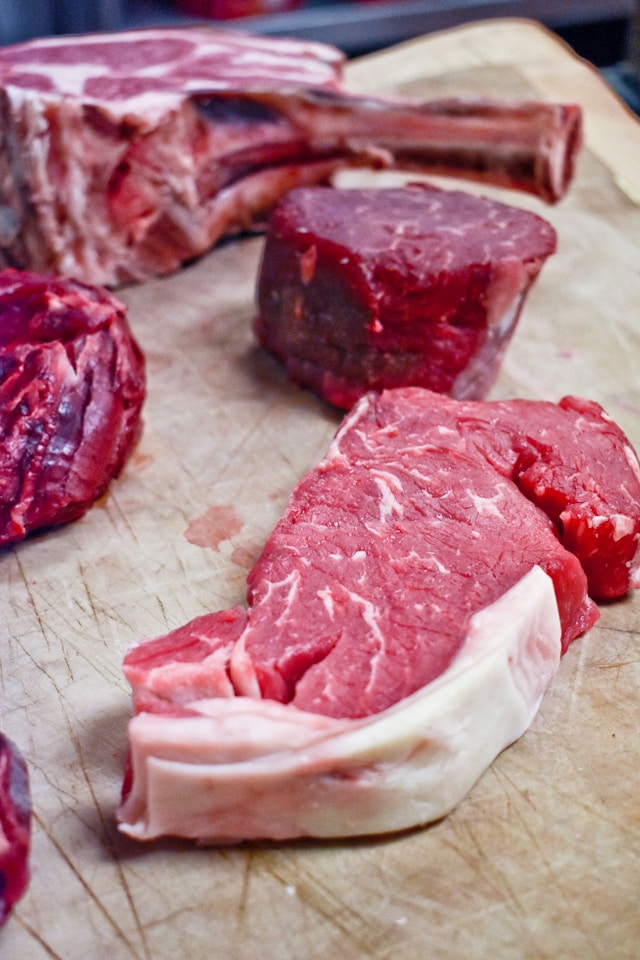
2. Poultry
Poultry is another iron-rich food. It is both heme iron and non-heme iron, and it has the great power of absorbing high iron in your diet. It includes chicken, turkey, eggs, etc. If you incorporate this type of food, the amount of iron would be 1 mg.

3. Seafood
Seafood helps fight infections, supports cell growth, and has many nutrients like iron, calcium, and phosphorus. Seafoods are salmon, sardines, tuna, clams, and oysters.
| Food | Iron (mg) |
|---|---|
| Salmon | 0.25 mg |
| 3 ounces of canned salmon | 2 mg |
| 3 ounces of canned tuna | 1.4 mg |
| 3.5 ounces of canned clams | 29.45 mg |
| 3.5 ounces of raw oysters | 5.11 mg approx. |
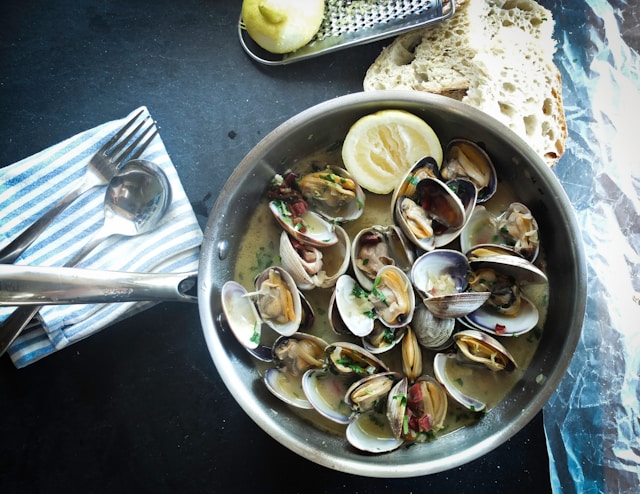
4. Chicken Liver
Chicken liver is a high-iron food that gives you many benefits such as boosting your immune system, helping to make red blood cells, and keeping your body healthy. The amount of iron in chicken liver is 5.12 mg.

5. Legumes
Legumes are also a good source of iron and other nutrients such as fiber, carbohydrates, protein, zinc, and magnesium. Chickpeas, Black Chickpeas, kidney beans, white beans, soya beans, and lentils are the best legumes for the high iron in our body. The amount of each legume in 100 grams quantity is as follows –
| Food | Iron Content (mg) |
|---|---|
| Chickpeas | 6.2 mg |
| Black Chickpeas | 4.86 mg |
| Kidney Beans | 8.2 mg |
| White Beans (1 cup) | 5.08 mg |
| Soya Beans | 15.7 mg |
| Lentils | 3.3 mg |

6. Vegetables
Vegetables like Spinach, broccoli, oyster mushrooms, potatoes, and lemons help in transport oxygen, support brain development, and improve sleep. The amount of iron in all these vegetables in 100 grams quantity is as follows –
| Food | Iron Content (mg) |
|---|---|
| Spinach | 2.7 mg |
| Broccoli | 0.7 mg |
| Oyster Mushrooms | 1.33 mg |
| Potatoes | 0.8 mg |
| Lemon | 0.6 mg |

7. Fruits
Eating fruits is a good habit and gives you many benefits. It promotes oxygen transportation, reduces the risk of iron deficiency, and is also helpful in disease prevention. Fruits are rich in iron are mulberries, raisins, prune juice, and apricots. The amount of iron in all these fruits in 100 grams quantity is as follows –
| Food | Iron Content (mg) |
|---|---|
| Mulberries | 1.9 mg |
| Raisins | 1.9 mg |
| Prune Juice (in 1 Cup) | 3 mg |
| Apricots | 0.4 mg |

8. Nuts & Seeds
Nuts and Seeds are another good source of iron. As, they contain vitamins, minerals, and fibers. Pumpkin seeds, sesame seeds, cashews, and almonds are some examples of Nuts and Seeds. The amount of Iron in them is as follows –
| Food | Iron Content (mg) |
|---|---|
| Pumpkin Seeds | 3.3 mg |
| Sesame Seeds | 11.39 mg |
| Cashews | 6.7 mg |
| Almonds | 3.7 mg |
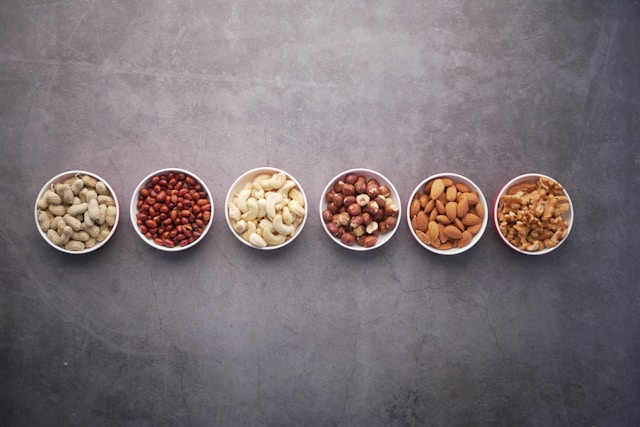
9. Whole Grains
There are several nutrients in whole grains foods such as fiber, protein, minerals, and Vitamins. You can eat oats, quinoa, spelt, and amaranth for high iron. The amount of iron in whole grains in 100 grams quantity is as follows –
| Food | Iron Content (mg) |
|---|---|
| Oats | 4.7 mg |
| Quinoa | 1.5 mg |
| Spelt | 4.4 mg |
| Amaranth | 2.1 mg |
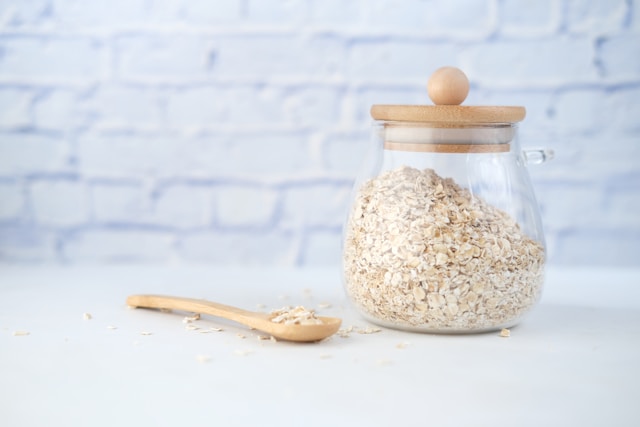
10. Dark Chocolate
Dark chocolate has many benefits as it is used to increase iron intake, and it is also useful for anxiety and depression. It helps in oxygen transportation and makes hemoglobin. The amount of iron is 10.9 mg in 100 grams of dark chocolate.
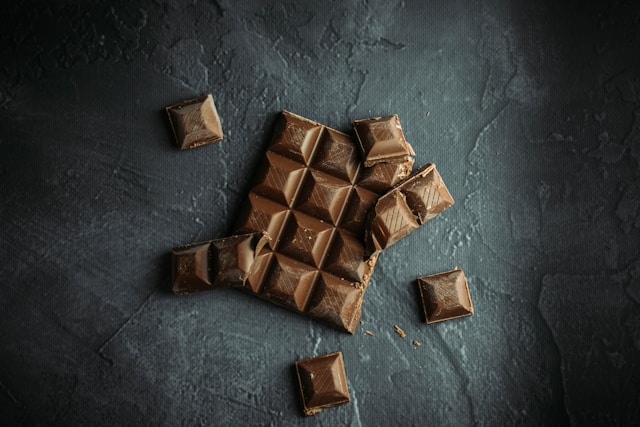
We also discuss the reasons for iron deficiency and how it can be improved. But before these things are discussed you must know how much iron intake is essential every day for a man and a woman.
Here is a complete table for taking iron per day –
| Age | Male | Female | Pregnancy |
|---|---|---|---|
| Birth to 6 months | 0.27 mg* | 0.27 mg* | - |
| 7–12 months | 11 mg | 11 mg | - |
| 1–3 years | 7 mg | 7 mg | - |
| 4–8 years | 10 mg | 10 mg | - |
| 9–13 years | 8 mg | 8 mg | - |
| 14–18 years | 11 mg | 15 mg | 27 mg |
| 19–50 years | 8 mg | 18 mg | 27 mg |
| 51+ years | 8 mg | 8 mg | - |
Reasons For Iron-deficiency
1. Having less amount of iron-rich foods in the body
Sometimes the quantity of iron in the food we eat is less and the iron requirement in our body is not fulfilled, which is the reason for iron deficiency. Therefore, we should ensure the proper intake of iron in the diet which can help in the overall growth of the body.
2. Improper absorption of iron in the body
Many times, some problems in our body like some disorder or surgery, it affects the iron absorptive, due to which iron deficiency occurs.
3. Internal Bleeding
Blood contains iron and if the flow of bleeding is heavy for example ulcers in the stomach and cancer may cause bleeding due to which we suffer from iron deficiency.
4. Pregnancy or blood loss due to menstruation
Iron deficiency is a common occurrence during pregnancy. This is primarily due to the significant increase in blood volume that a woman’s body experiences to support the growing fetus.
5. Genetics
Genetic disorders may be the reason for iron deficiency. Certain genetic disorders interfere with the body’s ability to absorb nutrients, including iron.
Preventions For Iron Deficiency
- Eat iron-rich foods
- Take iron with vitamin C
- Avoid excessive alcohol consumption
- Consider supplements
- Treatment of ulcers and gastrointestinal bleeding if you have these conditions
Conclusion
Iron-rich foods prevent iron deficiency and we should not ignore the importance of iron. By consuming iron-rich foods, we can avoid nutritional problems. We should consider dietary factors like maximizing iron absorption, pairing iron with vitamin C, and seeking medical advice if we suspect iron deficiency.
